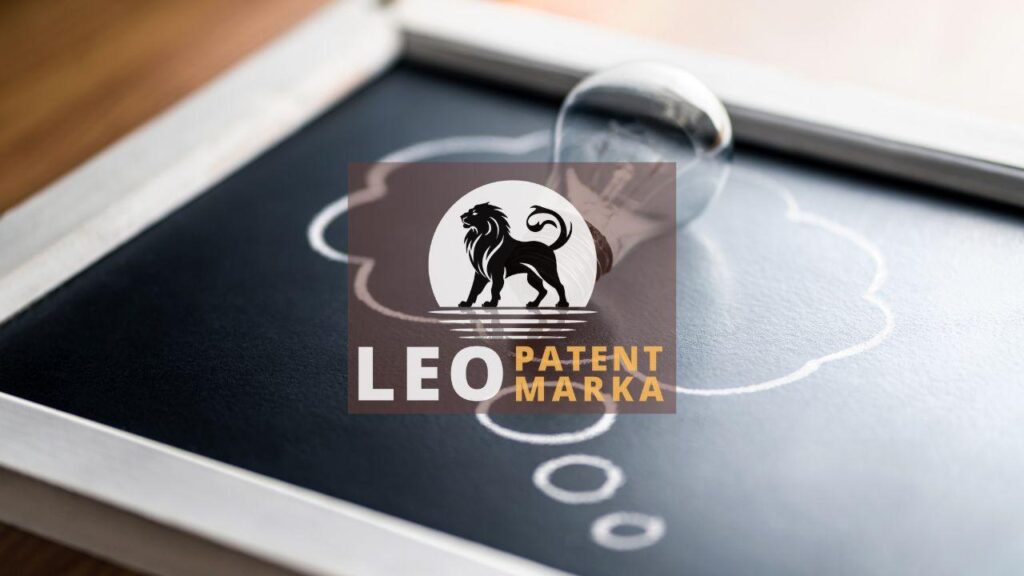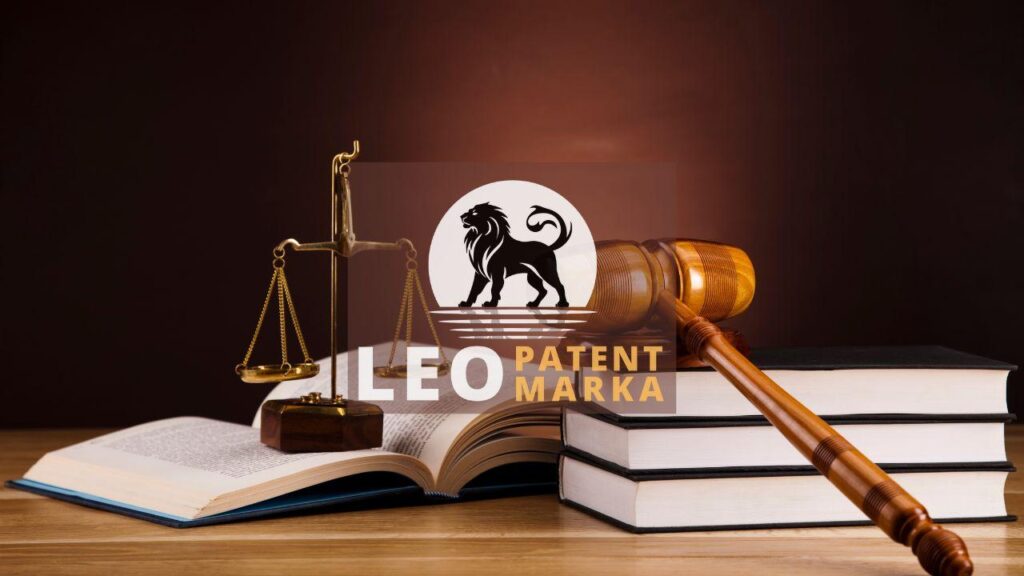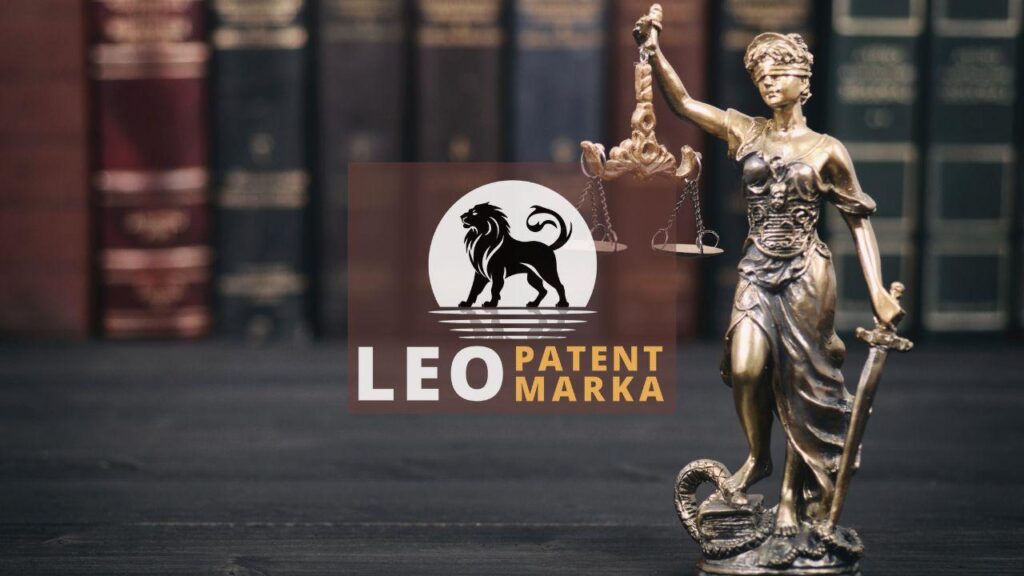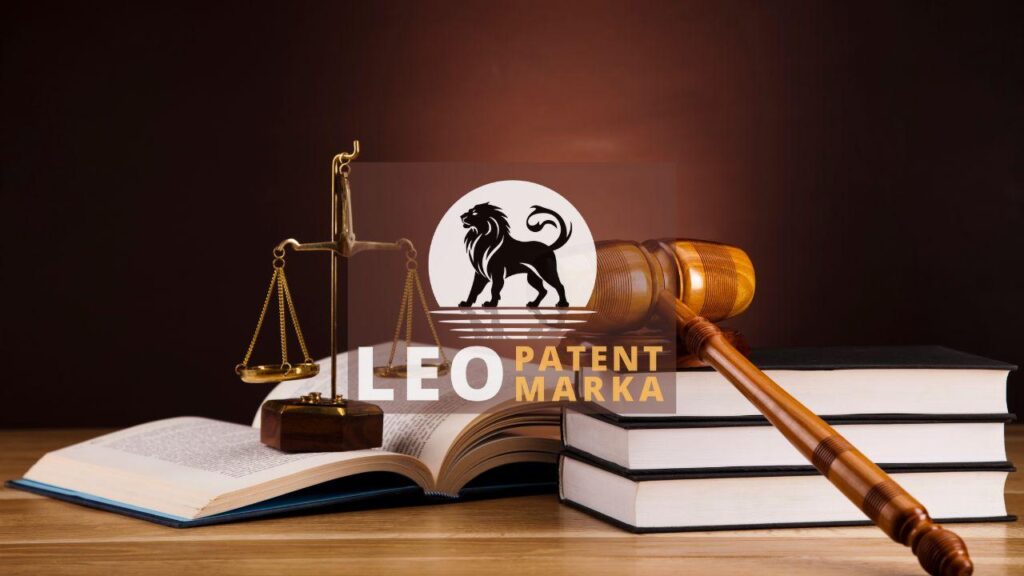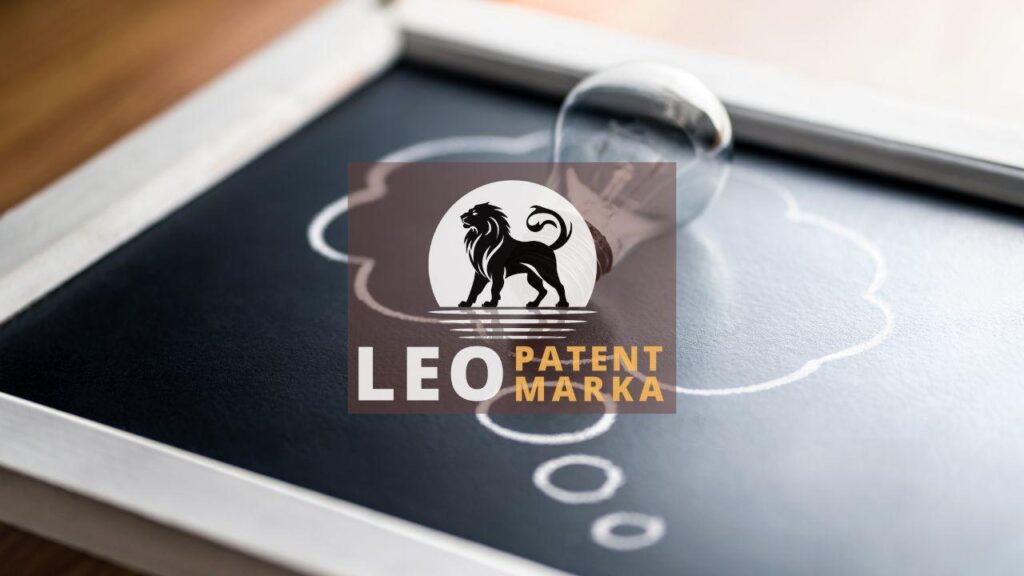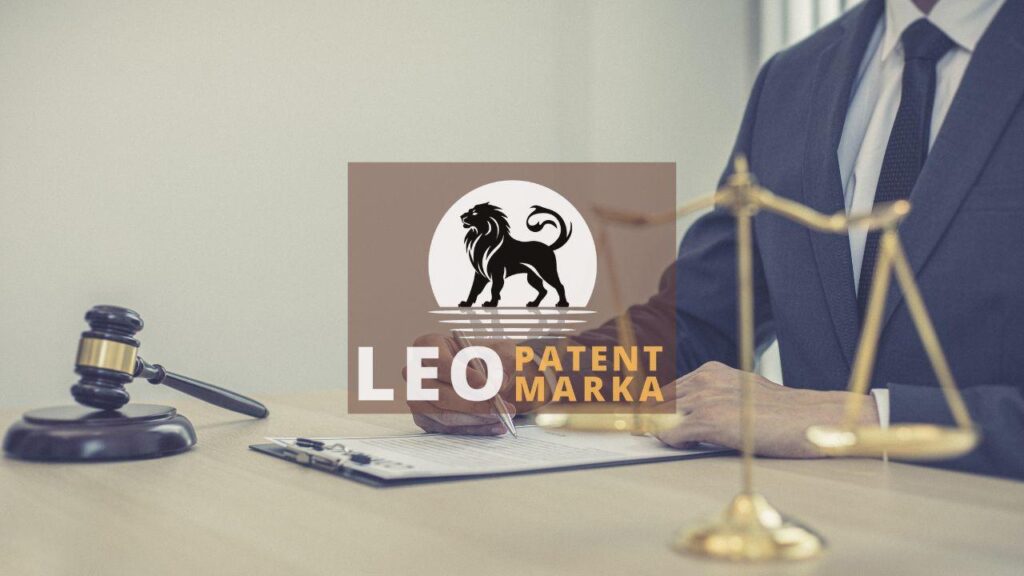In the dynamic landscape of intellectual property in Turkey, protecting your industrial designs from unauthorized use or invalid claims is crucial. At Leo Patent, we understand the complexities involved in safeguarding your innovative creations. One critical legal avenue in this realm is filing a design nullity lawsuit—a process that can invalidate a registered design that fails to meet the necessary legal requirements. Whether faced with a competing design that compromises your rights or seeking to defend your intellectual assets, understanding the strategic and procedural aspects of design nullity lawsuits is imperative. Our team of seasoned experts is dedicated to guiding you through each step, ensuring your designs remain secure and your intellectual property rights are duly enforced.
Grounds for Nullity in Turkish Design Law
In Turkish Design Law, there are several grounds upon which a registered design can be declared null and void. Fundamental among these is the lack of novelty and individual character, where the design must be new and have a distinctive character distinct from prior designs that are already publicly known. Additionally, a design may be nullified if it contravenes public order or accepted principles of morality. Furthermore, if the design fails to comply with key formal requirements set forth by Turkish regulations, such as providing insufficient detail or inaccurate representations, it risks nullity. At Leo Patent, we assist our clients in thoroughly analyzing these and other pertinent criteria to ensure their designs withstand any legal challenge.
Another significant ground for nullity involves designs that infringe upon earlier rights, including trademarks and copyrights. If a registered design bears significant resemblance to an existing trademark, copyright-protected work, or another earlier design that confers exclusive rights upon someone else, it may be declared null. Moreover, the assessment of functional aspects plays a crucial role; a design that is solely dictated by its technical function and leaves no room for aesthetic or ornamental appeal can be invalidated. At Leo Patent, we meticulously examine potential infringement risks and functionality issues to solidify the integrity and legal standing of our clients’ designs, proactively safeguarding against nullity claims.
Finally, designs that are considered to be in breach of distinctive signs, such as geographical indications or trade names, also present valid grounds for nullity. If a design misleads the public about its origin or association with a particular location, entity, or product, it can be challenged and ultimately annulled. Additionally, the use of legally protected emblems, symbols, or logos without proper authorization is another ground for nullity. At Leo Patent, our experts meticulously scrutinize all elements of design registrations to identify and rectify any potential legal vulnerabilities. We work closely with our clients to ensure their designs not only comply with all legal requirements but also stand resilient against any possible nullity claims, securing their creativity and business interests in the Turkish market.
Process and Requirements for Filing a Nullity Lawsuit
Filing a design nullity lawsuit in Turkey involves a meticulous understanding of both the procedural and substantive requirements laid out in the Turkish Industrial Property Code. To initiate this process, the plaintiff must submit a petition to the specialized Civil Courts for Intellectual and Industrial Property Rights. The petition should present compelling evidence that the design in question does not meet the requisite legal standards, such as lacking novelty, originality, or violating public order and moral ethics. Additionally, the plaintiff must demonstrate a legitimate interest in annulling the contested design, which can range from being an affected competitor to a disgruntled consumer. Proper documentation and a well-structured legal argument are crucial for the court to consider the nullity claim valid and proceed with the examination.
Once the petition is filed, the court will conduct an initial examination to assess the admissibility of the nullity claim. This involves scrutinizing whether the petition adheres to procedural regulations and if the allegations raised have a sufficient legal basis. If the court deems the submission satisfactory, the next phase entails a series of presentations and reviews. Both parties—the plaintiff and the design holder—will have the opportunity to present their evidence, expert testimonies, and legal arguments. The design holder may counter the nullity claim by proving the design’s compliance with legal requirements or challenging the plaintiff’s standing. Throughout this phase, the importance of clear, persuasive, and legally sound arguments cannot be overstated, as these will be pivotal in swaying the court’s final judgment.
The final stage of the process is the court’s deliberation and ruling on the design nullity lawsuit. After considering the evidence and arguments presented by both parties, the court will issue a decision. If the court finds in favor of the plaintiff, the contested design will be officially invalidated and removed from the design registry. However, if the decision favors the design holder, the design will remain protected under Turkish law. It’s crucial to note that the losing party has the right to appeal the decision to a higher court, which can further extend the legal process. At Leo Patent, we emphasize the importance of a thorough and well-prepared approach, as each phase of the nullity lawsuit requires meticulous attention to detail and expert legal guidance to maximize the likelihood of a favorable outcome.
Impact of Successful Nullification on Existing Design Rights
Successfully nullifying a registered design in Turkey can have significant ramifications on the intellectual property landscape. When a design nullity lawsuit is upheld, the invalidated design is considered as never having been legally protected, which effectively removes any exclusive rights previously granted to the holder. This outcome not only prevents the former design holder from enforcing rights against other parties but can also open opportunities for other businesses to utilize and innovate upon the freed design concepts. Furthermore, the market dynamics can shift as businesses reassess their strategies to incorporate or avoid certain design elements based on the nullified status. At Leo Patent, we ensure our clients thoroughly understand these impacts, helping them leverage the outcomes in their favor and maintain robust design portfolios.
Moreover, a successful design nullification can serve as a significant deterrent against future infringements and unwarranted claims for your business. By effectively challenging and invalidating a competing design, you establish a precedent that underscores your commitment to protecting your intellectual property, which can discourage potential infringers from attempting similar violations. Additionally, this can reinforce your market position by ensuring that your original designs stand uncontested, thereby enhancing brand strength and consumer confidence. At Leo Patent, our expert guidance throughout the nullification process helps clients not only achieve favorable outcomes but also build a strong reputation for rigorous intellectual property defense, ultimately safeguarding their market share and fostering innovation.
In the aftermath of a successful nullity action, it’s crucial to evaluate the strategic steps to capitalize on the newly established legal landscape. This may include revisiting your design portfolio to identify potential vulnerabilities that could be targeted by competitors, as well as exploring opportunities to further fortify your intellectual property through additional registrations or modifications. At Leo Patent, we assist clients in conducting comprehensive reviews of their design portfolios and advising on proactive measures to enhance their competitiveness. Additionally, remaining vigilant about market trends and competitor activities can help in swiftly identifying and addressing any emerging threats to your design rights. Ultimately, the nullification of a competing design not only strengthens your position but also underscores the importance of continuous innovation and strategic planning in maintaining a robust intellectual property defense framework.
Disclaimer: This article is for general information purposes only and it is recommended that you consult experts and companies in that field to evaluate your specific situation. We are not responsible for any damage that may arise from the use of the information in this article.

